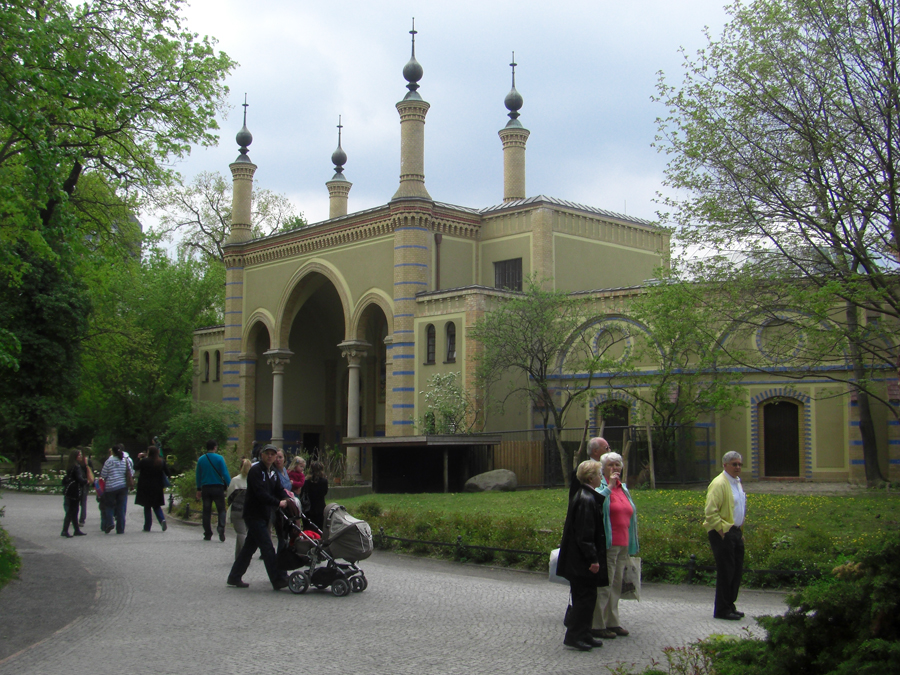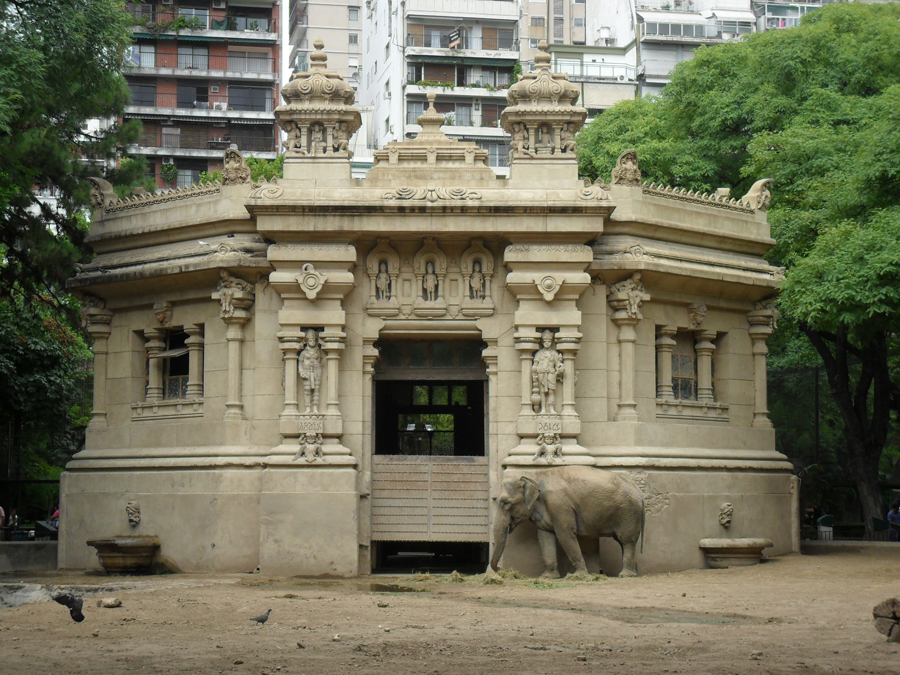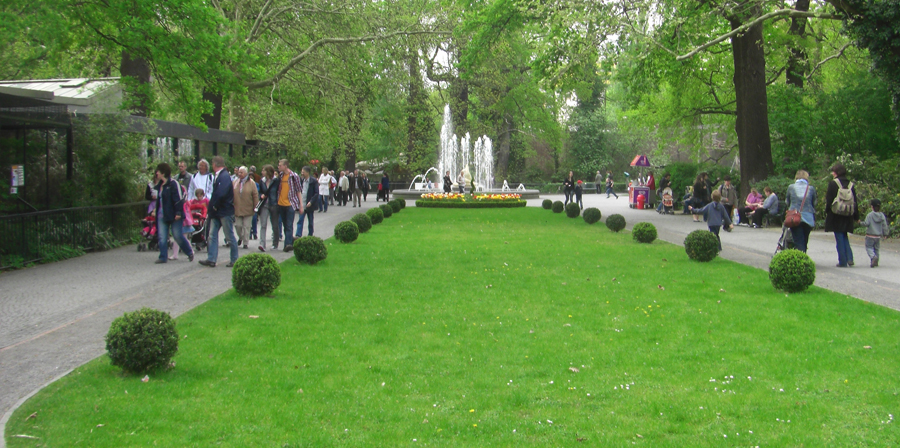By Russell Ploutz Historic zoo buildings are a growing dilemma for zoos, especially older zoos. The historic buildings don’t meet current design standards for animals, but laws require preserve of culturally significant structures. Are these buildings limiting the potential of zoos or seeds for innovation?
The subject of preservation of historic buildings has been on my mind lately after talking with a student researching education at the Buenos Aires Zoo. Many of the zoo’s design challenges are complicated by the numerous historical structures, monuments and paths designated for preservation in the 124 year old zoo. In thinking about the challenges the historical buildings present the zoo, I considered the historic buildings as an opportunity instead of a problem.
The first thought I had was a general design strategy that inverts the current spaces for animals and visitors. The concept designates the buildings and areas for preservation into spaces for visitors while the current people spaces are redesigned for animals. The existing visitor area is freed for animals and exhibits with space for animal enclosures and new support buildings. Since the buildings are easier to renovate for visitor uses than animals, the design strategy may be a more feasible solution than renovating the buildings for new animal standards.
By using the inversion design strategy, the buildings are integrated into the new exhibit environment. As visitors move through the exhibits, the buildings could be used for viewing windows into the exhibits. The buildings could also tell cultural stories and stimulate visitor’s recall of prior knowledge. Additionally, the interior space could be used for large educational exhibits and interpretives.
Reusing historic buildings is not a new concept for zoos. At the Toledo Zoo, the original feline house was reused as a new restaurant. In St. Louis, the zoo converted the historic elephant house into new exhibition space. In addition to adapting spaces for people, the Kansas City Zoo converted a historic building originally used for large mammals to a building for smaller rainforest animals.
Zoos should not feel required to preserve historic buildings due to government requirements, but zoos should want to share their history. Even though the buildings and landscapes may represent memories zoos want to forget, they are a part of their history and our cultural attitudes toward animals. Zoos could use the buildings to tell stories about improving conservation efforts and society’s evolving attitudes toward wildlife.
Not only do structures need new life, but what about the landscapes? How can they be reimagined to contribute to zoo’s conservation efforts? After all, zoos are primarily outdoor environments.
With some innovative thinking historic buildings can gain new life. Ultimately, if the building meets the needs of animals and visitors learn from the experience, is it not a successful exhibit?




























